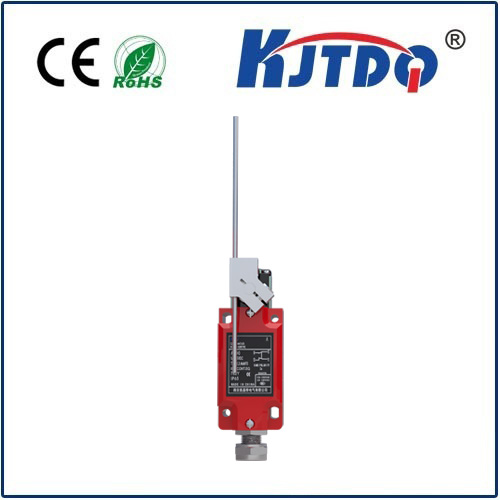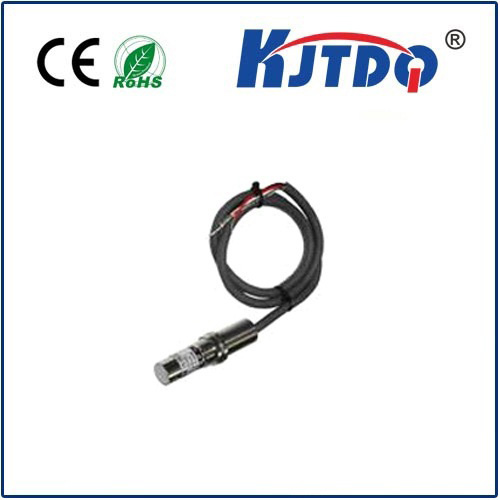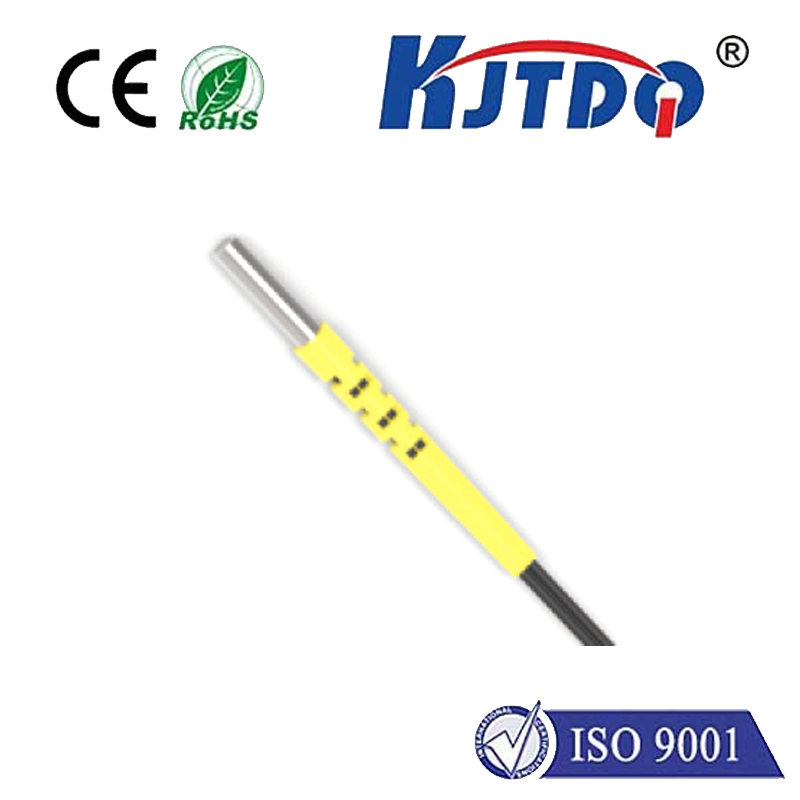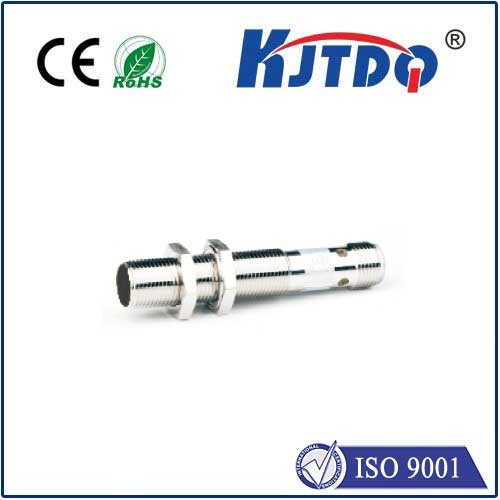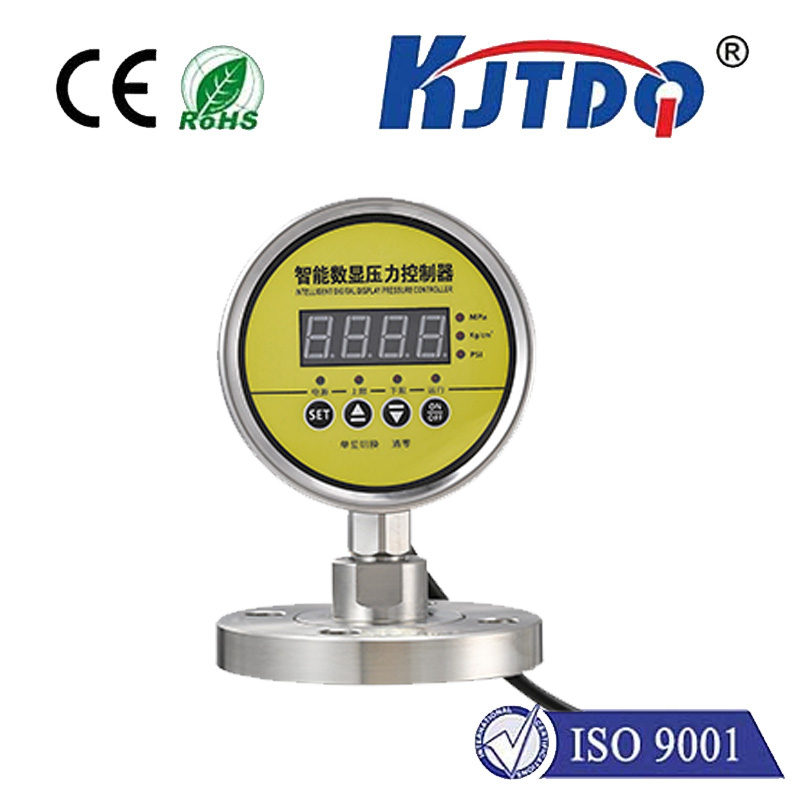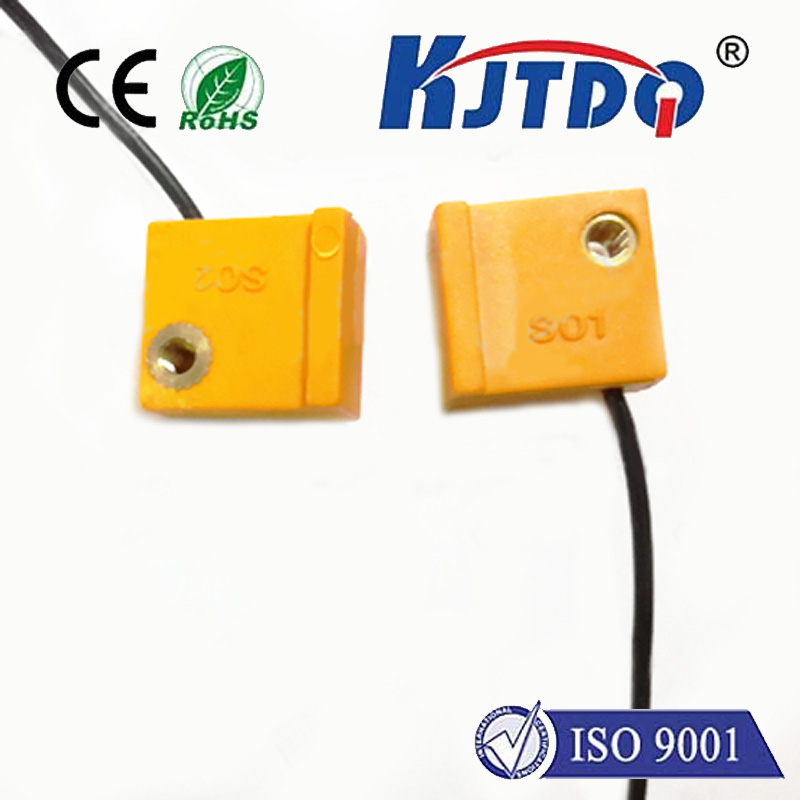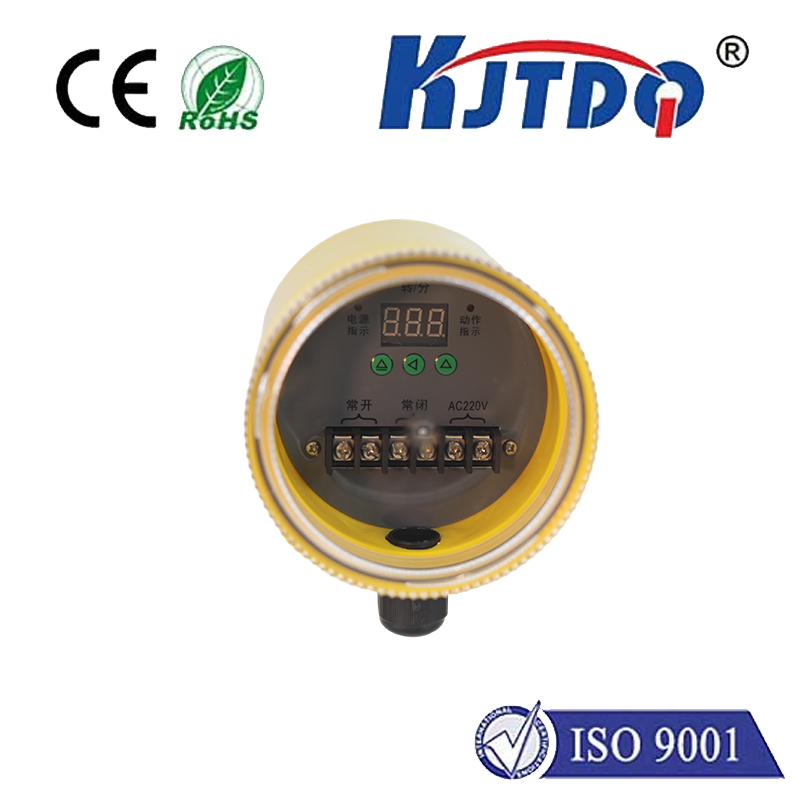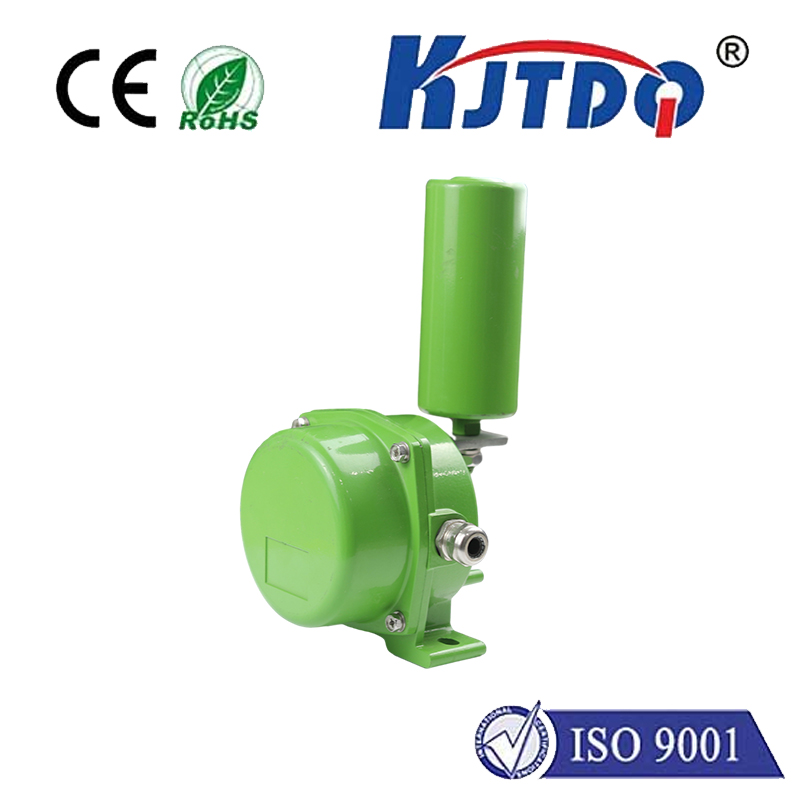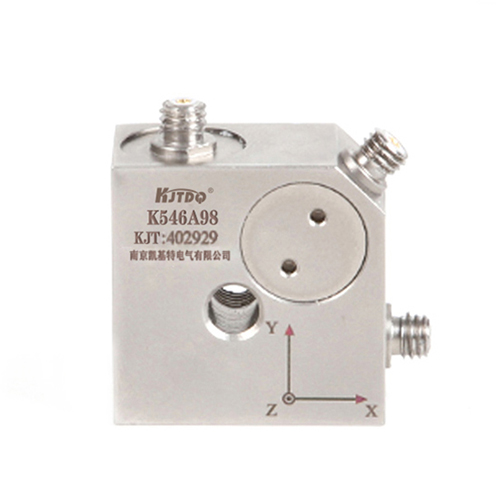capacitive distance sensor
- time:2025-06-15 03:06:46
- Нажмите:0
The Magic of Non-Contact Measurement: Exploring Capacitive Distance Sensors
Imagine detecting the presence or position of an object without ever touching it, using nothing more than invisible electric fields. That’s the fundamental magic behind capacitive distance sensors, a versatile and widely adopted technology quietly working in countless applications around us. From ensuring your smartphone screen responds only to your touch to safeguarding precise manufacturing processes, these sensors offer a unique blend of reliability, simplicity, and non-intrusiveness.
How Do Capacitive Sensors “Sense” Distance?
At their core, capacitive sensors operate based on the principles of capacitance, the ability of a system to store an electrical charge. A basic capacitor consists of two conductive plates separated by an insulator (dielectric). The capacitance value depends on the plate area, the distance between them, and the dielectric constant of the material separating them.
А.capacitive distance sensor essentially forms one half of this capacitor. The sensor’s active surface acts as one electrode. The target object (which must be conductive or have a different dielectric constant than air) acts as the other electrode, or influences the electric field emanating from the sensor electrode. The surrounding environment (usually air) is the dielectric.
Here’s the key mechanism:

- Electric Field Generation: The sensor generates a high-frequency oscillating electric field from its electrode.
- Field Interaction: When a target object enters this electric field, it disturbs the field lines. If the target is conductive, it effectively forms the second plate of a capacitor. If it’s non-conductive but has a different dielectric constant than air (like plastic, wood, or liquid), it alters the dielectric properties within the field.
- Capacitance Change: This disturbance changes the capacitance between the sensor electrode and the target (or ground). The magnitude of this capacitance shift is directly related to the distance between the sensor and the target – generally, closer proximity means a larger capacitance increase.
- Detection & Conversion: The sensor’s internal electronics continuously monitor this changing capacitance. Sophisticated circuitry converts this subtle capacitance variation into a usable output signal – typically an analog voltage, current, digital switch signal, or even a direct digital distance value.
Key Components and Operation Modes
Understanding a few core concepts clarifies their operation:
- Fringing Field Effect: Most capacitive proximity sensors used for distance measurement rely heavily on the fringing field. This is the electric field that extends outwards from the edges of the sensor electrode. This is what allows the sensor to detect objects approaching its face without requiring a specific “backplate” electrode opposite it. The target disrupts this fringing field.
- Oscillator and Detector: An internal oscillator circuit’s characteristics (like frequency or amplitude) change when the sensor capacitance changes due to a target. A detector circuit senses this oscillator change.
- Shielding: Many sensors incorporate a grounded shield around the active electrode. This focuses the sensing field forward and significantly reduces sensitivity to objects approaching from the sides or rear, improving stability and directionality.
- Modes: Sensors can operate in different modes:
- Absolute Distance Measurement: Outputting a continuous value proportional to the distance to the target (requires calibration).
- Proximity Switching: Triggering a simple on/off signal when a target enters a preset detection range.
What Influences Performance? Critical Factors
While highly reliable, several factors impact the accuracy and range of a capacitive distance sensor:
- Target Material: Conductors (metals) induce the strongest signal change and are easiest to detect. Non-conductive materials (plastics, glass, wood, liquids) with a higher dielectric constant than air (εᵣ > 1) are detectable, but sensitivity decreases significantly compared to metals. The actual dielectric constant of the specific material matters.
- Target Size & Shape: Larger targets generally produce stronger signals. The shape can influence how the electric field couples.
- Sensor Size: Larger sensor electrodes typically offer a longer sensing range.
- Environment: Temperature and humidity can slightly affect readings due to changes in air’s dielectric properties. High levels of dust or condensation on the sensor face can dampen the field. Shielding helps mitigate environmental interference from other objects. Temperature compensation circuits are often employed in precision sensors.
- Oscillator Frequency: Higher frequencies generally allow for detection of smaller objects and can penetrate certain non-conductive materials slightly better, but may have other trade-offs like power consumption.
Where Capacitive Distance Sensors Shine: Key Applications
Their non-contact, wear-free operation and ability to sense through certain non-conductors make them invaluable across diverse fields:
- Industrial Automation & Machinery:
- Position Feedback: Monitoring the position of valves, cylinders, robotic arms, and conveyor belt items.
- Level Sensing: Detecting liquid levels in tanks (especially through non-metallic walls), powder levels in silos, or fill levels in bottles. This is a major application area.
- Presence Detection: Verifying part presence on assembly lines, checking if covers are closed, detecting objects on conveyors. Capacitive proximity sensors excel here.
- Thickness Measurement: Gauging the thickness of materials like plastic film, paper, or sheet metal by measuring the distance to a backing roller or opposite sensor.
- Consumer Electronics:
- Touchscreens: The foundational technology for almost all modern smartphone, tablet, and laptop touchscreens. Detects the touch of a finger (conductive) by measuring localized capacitance changes across a grid of electrodes.
- Touch Controls: Capacitive buttons and sliders on appliances, remote controls, etc., replacing unreliable mechanical switches.
- Proximity Detection: Turning off smartphone screens during calls when held near the ear to save power and prevent accidental touches.
- Automotive:
- Liquid Level Monitoring: Fuel, oil, brake fluid, washer fluid levels.
- Seat Occupancy Detection: Passenger presence for airbag control.
- Touch Controls: Interior HMI panels.
- Gesture Control: Detecting hand movements near consoles.
- Medical Devices: Fluid level sensing in IV bags or dialysis machines, contactless interfaces for hygiene.
Advantages and Considerations vs. Other Technologies
Capacitive distance sensors hold distinct advantages:
- True Non-Contact Sensing: No physical force exerted on the target, eliminating wear.
- Wide Range of Detectable Materials: Works on metals, most non-metals, and liquids.
- Ability to Sense Through Non-Conductors: Can detect targets through thin walls of plastic, glass, or ceramic (depends on thickness & material).
- High Resolution & Accuracy: Capable of very fine distance measurements.
- Fast Response Times: Suitable for dynamic processes.
- Robust & Reliable: No moving parts, resistant to dirt (unless conductive/water-based and coating the sensor), and stable over time.
However, they are not universally superior:
- Material Dependence: Sensitivity varies greatly with target material and dielectric constant.
- Environmental Sensitivity: Affected by temperature, humidity, and contaminants on the sensor face.
- Limited Range (Typically): Practical ranges are usually below 50mm for standard sensors, though specialized versions can reach farther.
- Calibration: Required for accurate absolute distance measurement and can be sensitive to target material changes.
Compared to индукционный датчик (excellent for metals only, unaffected by non-conductors) or ultrasonic sensors (longer range, works on most surfaces, but sensitive to sound-absorb

